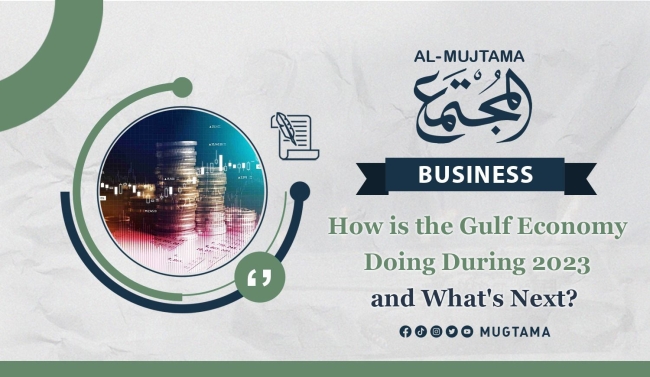How is the Gulf Economy Doing During 2023 and What's Next?
A few days ago, the World Bank released a report about the economies of the Gulf Cooperation Council (GCC) region. They predicted that the economy would grow by 1% in 2023. However, things are looking up! The report also said that the economy will rise even more in 2024 and 2025, with growth rates of 3.6% and 3.7% respectively.
Reasons for the Decline
So, why did the Gulf economy decline in 2023? Well, there are a few reasons. First, there were cuts in oil production, which affected the economy. Second, interest rates went up, making it harder for people to borrow money. Third, there was a lot of uncertainty in the world, which made businesses and investors cautious. Lastly, the Chinese economy, which is a big player in the global market, experienced a decline in growth rates for the first time in 20 years.
What Will Help the Gulf Economy Grow?
Here are some factors:
- Rising oil prices
- Low interest rates
- Low inflation
- Increased demand for oil
- Increased internal demand
The Importance of Economic Reforms
Experts are also calling on the Gulf countries to implement economic reforms. These reforms can help the economy grow even more. It's important for the Gulf countries to adopt economic governance and work towards diversifying their sources of income.
Diversifying Sources of Income
One way to help the Gulf economy grow is by diversifying sources of income. This means relying on more than just oil. For example, Qatar is focusing on developing its tourism sector, especially with the upcoming 2022 World Cup. Saudi Arabia is also investing in tourism by hosting the tournament in 2034. By diversifying their sources of income, the Gulf countries can become more resilient to changes in the global oil market.
Benefits and Obstacles
The Gulf region has many benefits that can help its economies grow. These include stability, thanks to security measures, abundant oil and natural gas resources, modern infrastructure, and flexibility for foreign investors. However, there are also obstacles to overcome, such as finding innovative solutions for agriculture in the desert-like soil and water scarcity, as well as reducing dependence on fluctuating oil prices.
The Future of the Gulf Economy
According to the Assistant Secretary-General for Political Affairs and Negotiations of the Gulf Cooperation Council, the Gulf GDP is expected to reach $2.3 trillion by the end of 2023. That's a lot of money! The Gulf countries have a clear vision to diversify their economies and focus on non-oil sectors like clean energy, communications, and tourism. They are also working on big projects, such as the "NEOM" green hydrogen plant in Saudi Arabia, which will produce carbon-free hydrogen.
The Role of Non-Oil Sectors
Even though oil production declined in 2023, the non-oil sectors in the Gulf region have been performing well. This is thanks to the efforts made to diversify the economy. These non-oil sectors have created job opportunities and contributed to the overall growth of the Gulf Cooperation Council countries.
Source: Gulf press


